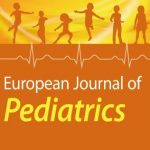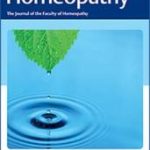Karsten Moenstedt, Christian Schroeter, Doerthe Broeggmann, Hans-Rudolf Tinneberg, Richard von Georgi
Use of Complementary and Alternative Medicine in Departments of Obstetrics in Germany
Forsch Kompl, 2009, 16 (2), 111-116

Background: This nationwide study aimed to assess the use of complementary and alternative medicine (CAM) methods in German departments of obstetrics. Methods: All German departments of obstetrics were identified and were sent a questionnaire designed to assess which CAM methods, if any, they used during childbirth, how frequently, and why. SPSS software was used for statistical analyses (Spearman's bivariate correlation, crosstabulation, and Pearson's chi-square test). Results: The questionnaires were returned by 40.3% (381/946) of the identified departments. The most commonly used CAM therapy was acupuncture (available in 97.3% (366/376) of departments) followed by homeopathy (offered in 93.4%) and aromatherapy (available in 76.6%). Most decisions regarding CAM use were made by midwives; only decisions on acupuncture were taken by obstetricians and midwives. Reasons given for using CAM were patient demand and perceived efficacy of CAM, particularly by midwives. Obstetricians were only partly convinced of the efficacy of CAM methods and their conviction varied with the type of unit they worked in. Conclusions: CAM methods are widely used in German departments of obstetrics despite lacking evidence of effectiveness. Efficacy, side effects and consequences of CAM use should be assessed using the mandatory German quality assurance measures and birth surveys. CAM use elsewhere also merits further study.





